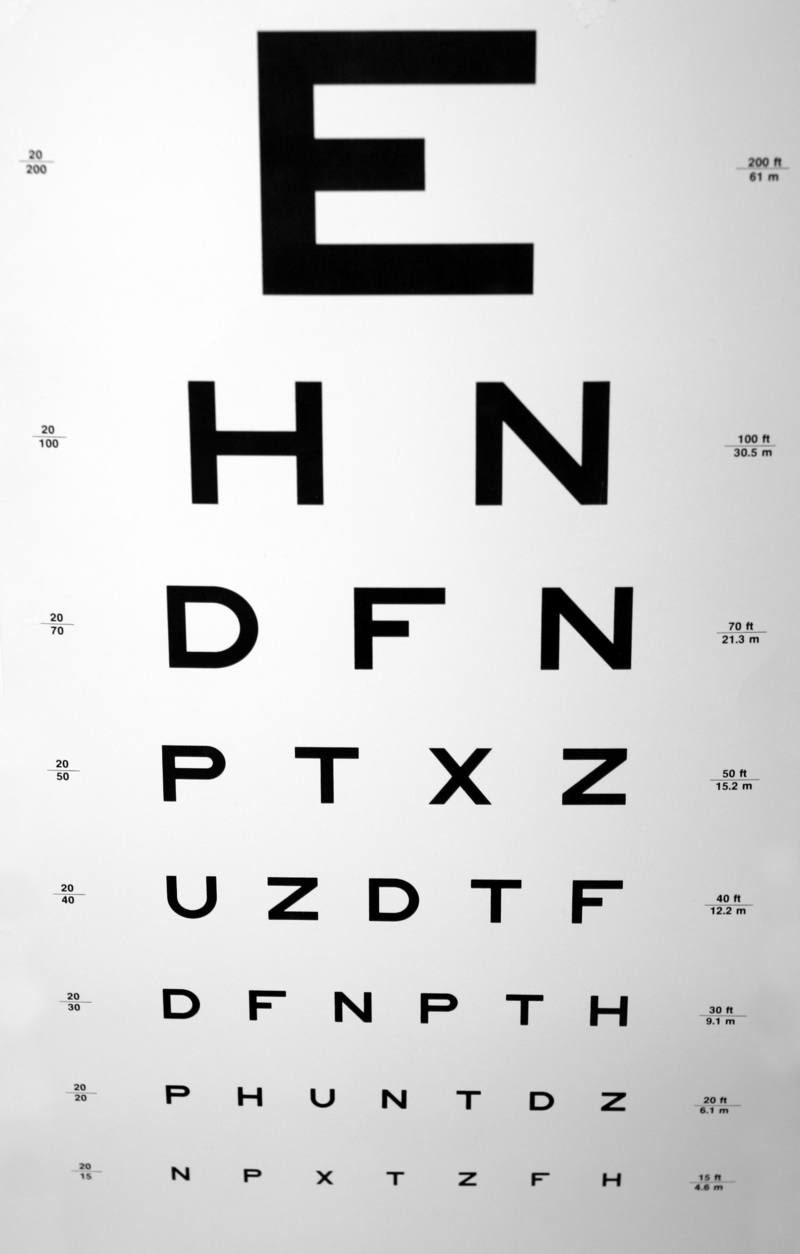
Most adults need vision correction: 66% of Americans 18 and over report using glasses, contacts, or both, according to the National Eye Institute. Depending on how often you need new lenses or eye exams, getting vision insurance may be a smart financial choice.
Even if you do not wear glasses or contacts, it's a good idea to get vision insurance.
Eye health and vision can change over time, especially as we get older, which is why we recommend an annual eye exam. During your exam, you can also be screened for more serious issues, like cataracts or glaucoma, and even detect possible signs of diabetes
Here is more about vision insurance, including how to decide if you or your family needs a plan.
Our Vision plans pay at least a portion of:
Vision insurance plans have additional options for coverage, such as:
Because eye exams can detect hidden medical problems, even those with perfect vision should not skip them. As you age, you will need more frequent vision exams, according to the Mayo Clinic.
Recommended eye exam frequency for adults |
|
Source: Mayo Clinic |
|
Ages 20-39 |
Every five to 10 years |
Ages 40-54 |
Every two to four years |
Ages 55-64 |
Every one to three years |
Ages 65+ |
Every one to two years |
People with poor vision, a family history of eye disease or a condition that increases the risk of eye disease, such as diabetes, should have more frequent exams.
Your VSP plan includes access to a range of exclusive member offers, like savings and special offers on contact lenses, LASIK, diabetes care, and more, saving you over $3,000. Know what is available by checking your plan's offers online and make sure you sign up for emails about new specials and rebates.